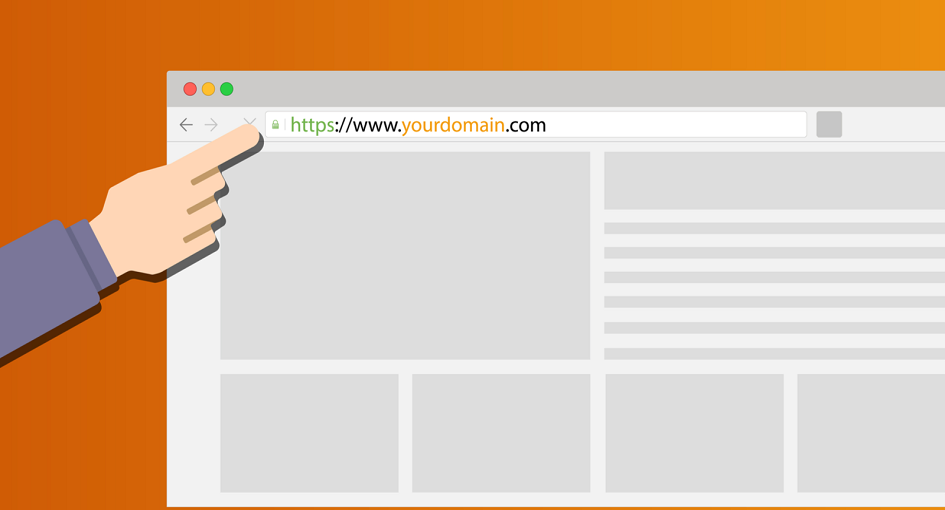
In the world of search engine optimization (SEO), every aspect of your website plays a crucial role in determining your online visibility. One often overlooked but vital element is the structure and format of your URLs. SEO-friendly URLs not only contribute to better search engine rankings but also enhance user experience. This comprehensive guide takes you through the step-by-step process of creating SEO-friendly URLs that can improve your website’s performance and help you achieve higher rankings on search engine results pages (SERPs).
Before you even think about creating the URL, start with a clear and descriptive page title. Your URL should reflect the content of the page accurately. A well-crafted page title serves as the foundation for your SEO-friendly URL.
When crafting your URLs, it’s essential to use hyphens (-) as separators between words instead of underscores (_) or spaces. Search engines and web servers interpret hyphens as word separators, making it easier for them to understand the structure of your URLs.
Aim for concise and descriptive URLs. Long, convoluted URLs can confuse both users and search engines. Ideally, your URL should give users a clear idea of what to expect when they click on it. Avoid unnecessary words, stop words (e.g., “and,” “the”), and special characters whenever possible.
Incorporate relevant keywords into your URL, especially the primary keyword or keyphrase that represents the page’s content. This helps search engines understand the topic of your page and can improve your ranking for those keywords. However, don’t overstuff your URL with keywords; keep it natural and user-friendly.
Consistency in URL structure is essential for both SEO and user experience. Decide on a preferred URL format (e.g., www.example.com/category/page or www.example.com/page) and stick to it throughout your website. Avoid switching between formats, as it can confuse search engines and users.
Dynamic parameters, often seen as strings of numbers and symbols in URLs, can be confusing for search engines. Wherever possible, use static URLs that include real words and phrases. If you must use dynamic parameters, ensure they are relevant and well-structured.
Consistently use lowercase letters in your URLs. While most web servers are case-insensitive, it’s a good practice to maintain uniformity. Mixed-case URLs can create duplicate content issues and confusion.
Canonical URLs help you avoid duplicate content problems by specifying the preferred version of a page. Set canonical tags to ensure that search engines index the right URL and prevent duplicate pages from competing with each other.
Once you’ve created SEO-friendly URLs for your website, test them to ensure they work correctly and lead to the intended pages. Use tools like Google Search Console to monitor the performance of your URLs and detect any issues or errors that may arise.
Special characters like exclamation marks, ampersands, and question marks can confuse both users and search engines. Stick to alphanumeric characters and hyphens in your URLs to ensure clarity and consistency.
Organize your URLs using a logical folder structure that reflects the hierarchy of your website. For example:
This structure not only improves the readability of URLs but also helps search engines understand the content’s context.
While it’s essential to have a clear folder structure, avoid creating URLs with an excessive number of subfolders. Deeply nested URLs can make the website structure complex and challenging for both users and search engines to navigate.
If you ever update the content of a page significantly, consider updating the URL to reflect the new content accurately. This practice ensures that your URL remains aligned with the page’s content and keyword focus.
When you make changes to your URLs, it’s essential to set up 301 redirects from the old URLs to the new ones. This prevents users and search engines from encountering broken links and helps preserve your website’s SEO value.
While SEO is crucial, don’t forget about user experience. Ensure that your URLs are readable and meaningful to human users. A user-friendly URL structure can improve click-through rates and user satisfaction.
In conclusion, SEO-friendly URLs is a fundamental aspect of on-page SEO that can significantly impact your website’s search engine rankings and user experience. By following this step-by-step guide and implementing best practices, you can craft URLs that are not only optimized for search engines but also user-friendly and intuitive. Remember that SEO is an ongoing process, so regularly review and update your URLs to stay ahead in the ever-evolving digital landscape.